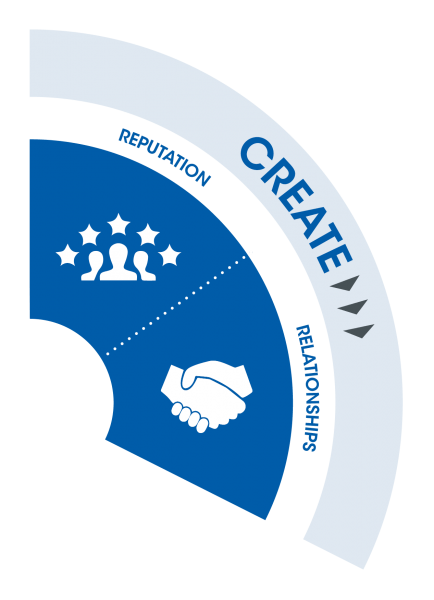Four easy ways to manage nerves before a presentation
What happens to our bodies when we are asked to present in front of a group of people, why do we get nervous and how can we manage nerves so that it doesn’t hinder our performance?
When we work with clients on their presentation skills, it’s important to push our attendees out of their comfort zones at times so that they can properly experience standing up and talking to people in a formal environment. It is always a good experiment in terms of ticking off the symptoms of anxiety that so many of us come up against when we are asked to speak publicly.
 Fight or Flight?
Fight or Flight?
The Fight or Flight response, which our bodies go through when we encounter what we consider a threat or danger, is a number of physiological changes as we get ready to physically tackle the threat or run away from it. This response goes back to the days when we lived in close proximity to very real predators and would be dealing with the prospect of killing or being killed every day. As my attendees got ready to present they reported they could feel the adrenaline rush which is the first stage resulting in shortness of breathing and a faster heart rate. Blood is pumped into the muscles of the arms and legs in readiness for attack or escape. We also sweat in times of stress, this is firstly to cool ourselves down but also so that we are slippery and difficult to catch. We had several dashes to the loo as my attendees’ bodies tried to ‘lighten their load’ as the threat advanced.
Tips to combat nerves
So – how best to deal with this? It’s not great to be a sweaty shaking mess when you stand up in front of an audience. Here are four easy ways to combat that awful nervous feeling:
- Prepare. It’s so simple but you will always feel less worried if you know your stuff. Make sure you’ve practised your presentation OUT LOUD at least once to avoid embarrassing unrehearsed detours from your key points.
- Breathe. Before you get up in front of the crowd spend a few minutes breathing properly and mindfully. Make sure you breathe from your diaphragm rather than your upper chest, and try breathing in on a five count and then out for another five. Deep breathing tricks our body into thinking that the danger has passed and as a result our heart rate comes back down.
- Visualise the talk being a success. If all goes well, what will your audience say on the way out? There is a growing body of evidence that “As a man thinks, so he is”, for example, musicians who rehearse only in their minds, find their improvement is as great as those who practice physically. Professional sports-people also will use visualisation techniques to beat nerves and improve performance, Johanna Konta, the tennis player, notably had a mind coach who taught a visualisation technique, which she practices ahead of every point she plays.
- Smile at the audience. Smiling releases endorphins, seratonin and natural pain killers which together make us feel good. It will also encourage your audience to smile back at you which shows they are human and not sabre-toothed tigers about to kill you.
Your audience wants to be pleased
Lastly, we often think that we have to win over our audience at the start of a presentation, but on the whole, our audience is predisposed to like us. This is a great comfort if you think about it. You already have them on your side when you begin, they want you to interest and please them, and if you have prepared well, you will most likely do so. Smile, engage your audience and go for it!
 “Annabel provided an instructive and useful day’s training on Presentation Skills. The course was informative, well organized and enjoyable and used a good mix of exercises to provide skills that will be immediately useful in the workplace.”
“Annabel provided an instructive and useful day’s training on Presentation Skills. The course was informative, well organized and enjoyable and used a good mix of exercises to provide skills that will be immediately useful in the workplace.”
Tom Graham, Principal Design Engineer at Momentum Transport Planning
Start our online cross selling course today
Cross Selling is a skill that, once mastered by engineering and professional services executives, can have a radical impact on business growth.
The interactive e-learning is designed to help you uncover new opportunities with existing clients.
Our Professional Services Cross Selling Training is online today, so now you can start honing your cross selling capabilities in just 30 minutes.

 Fight or Flight?
Fight or Flight?






